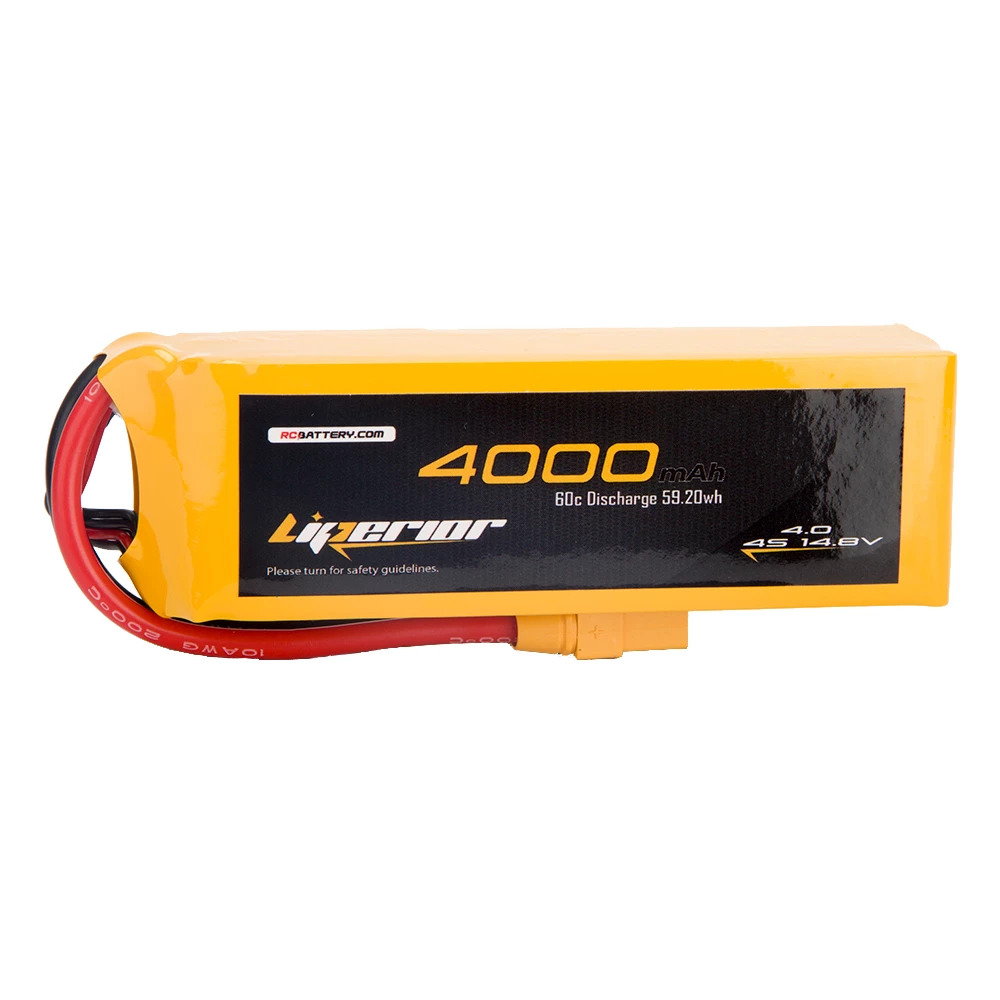Imagine a world where your devices last longer, perform better, and charge faster. Welcome to the world of Lipo batteries. As technology continues to evolve, the demand for more efficient and powerful energy storage solutions has led to the rise of lithium polymer (Lipo) batteries. These batteries are revolutionizing various industries with their impressive capabilities and versatility. In this article, we will explore the power and potential of Lipo batteries, their applications, maintenance tips, and future prospects.
Understanding Lipo Batteries
What are Lipo Batteries?
Lipo battery, short for lithium polymer batteries, are a type of rechargeable battery known for their high energy density and lightweight design. They consist of a lithium-ion electrolyte in a polymer matrix, which allows for flexible shapes and sizes. The development of Lipo batteries has significantly advanced the battery technology landscape, providing enhanced performance for a wide range of applications.
How Do Lipo Batteries Work?
The basic working principle of Lipo batteries involves the movement of lithium ions between the anode and cathode during charge and discharge cycles. When the battery is charging, lithium ions move from the cathode to the anode through the electrolyte. During discharge, the ions move back to the cathode, releasing energy in the process. This electrochemical process allows Lipo batteries to store and deliver a large amount of energy efficiently.
Advantages of Lipo Batteries
High Energy Density
One of the most significant advantages of Lipo batteries is their high energy density. This means they can store a substantial amount of energy in a compact and lightweight form. Compared to other types of batteries, such as nickel-cadmium (NiCd) or nickel-metal hydride (NiMH) batteries, Lipo batteries offer superior energy storage capabilities, making them ideal for high-performance devices.
Lightweight and Compact Design
Lipo batteries are known for their lightweight and compact design. The polymer electrolyte allows for flexible battery shapes, enabling manufacturers to design thinner and lighter devices. This feature is particularly crucial in consumer electronics, where portability and form factor are essential considerations.
High Discharge Rates
Another notable advantage of Lipo batteries is their high discharge rates. This characteristic makes them suitable for applications that require rapid and consistent power delivery. Devices such as drones, remote-controlled cars, and high-performance electric vehicles benefit greatly from the high discharge rates of Lipo batteries, ensuring optimal performance and reliability.
Applications of Lipo Batteries
Consumer Electronics
Lipo batteries have become a staple in the world of consumer electronics. From smartphones and laptops to tablets and wearable devices, Lipo batteries power a wide array of gadgets that we use daily. Their high energy density and lightweight design allow for longer battery life and improved performance, enhancing the overall user experience.
Remote-Controlled Devices
In the realm of remote-controlled devices, Lipo batteries have made a significant impact. Drones, in particular, rely heavily on Lipo batteries due to their ability to deliver high bursts of power needed for takeoff, flight maneuvers, and stable hovering. Additionally, RC cars and planes benefit from the high discharge rates and lightweight nature of Lipo batteries, enabling faster speeds and longer run times.
Electric Vehicles (EVs)
The automotive industry is witnessing a transformative shift towards electric vehicles, and Lipo batteries play a pivotal role in this transition. EVs equipped with Lipo batteries offer enhanced energy storage, faster charging times, and extended driving ranges. The high energy density and efficient power delivery of Lipo batteries contribute to the growing popularity of electric cars, motorcycles, and bicycles.
Renewable Energy Storage
Lipo batteries are also making strides in the field of renewable energy storage. As the world moves towards sustainable energy sources like solar and wind power, efficient energy storage solutions are essential. Lipo batteries provide a reliable means of storing excess energy generated from renewable sources, ensuring a steady supply of power even when the sun isn’t shining or the wind isn’t blowing. This capability makes them a valuable component of grid storage systems and off-grid renewable energy setups.
Maintenance and Safety Tips
Proper Charging Techniques
To ensure the longevity and safety of Lipo batteries, it is crucial to follow proper charging techniques. Always use chargers specifically designed for Lipo batteries and avoid overcharging. Overcharging can lead to overheating, swelling, and even explosions. It is recommended to charge Lipo batteries in a fireproof container and never leave them unattended during charging.
Storage Guidelines
When not in use, Lipo batteries should be stored at room temperature and in a partially charged state. Storing them fully charged or completely discharged for extended periods can degrade their performance and lifespan. It is also important to store Lipo batteries in a fireproof container and away from flammable materials to mitigate any potential risks.
Handling Damaged Batteries
Damaged Lipo batteries can pose significant safety hazards. If you notice any signs of swelling, leakage, or physical damage, it is essential to handle the battery with care and follow proper safety protocols. Do not attempt to use or charge a damaged battery. Instead, contact your local recycling center for guidance on safe disposal methods.
The Future of Lipo Batteries
Technological Advancements
The future of Lipo batteries looks promising, with continuous technological advancements driving their development. Researchers and engineers are working on improving the energy density, safety features, and overall performance of Lipo batteries. Innovations such as solid-state electrolytes and advanced manufacturing techniques are expected to further enhance the capabilities of Lipo batteries, making them even more efficient and reliable.
Environmental Impact
As the demand for Lipo batteries grows, so does the need for sustainable and environmentally friendly practices. Efforts are being made to develop recycling and reuse programs for Lipo batteries to minimize their environmental impact. By implementing effective recycling processes, valuable materials can be recovered and reused, reducing the need for raw material extraction and minimizing waste.
Conclusion
In conclusion, Lipo batteries have revolutionized the way we power our devices and vehicles. Their high energy density, lightweight design, and high discharge rates make them a preferred choice for a wide range of applications, from consumer electronics to electric vehicles and renewable energy storage. By following proper maintenance and safety guidelines, users can ensure the longevity and safe use of Lipo batteries. With ongoing technological advancements and a focus on sustainability, the future of Lipo batteries holds immense potential for transforming the energy storage landscape.
FAQs
- What is a Lipo battery and how does it work?
- Lipo batteries are a type of rechargeable battery with a high energy density, composed of lithium-ion polymer. They work by the movement of lithium ions between the anode and cathode during charge and discharge cycles.
- What are the main advantages of Lipo batteries?
- High energy density, lightweight and compact design, and high discharge rates, making them ideal for consumer electronics, RC devices, EVs, and renewable energy storage.
- How should I charge and store my Lipo batteries?
- Charge them using appropriate chargers, avoid overcharging, store them at room temperature, and keep them partially charged when not in use for extended periods.
- Are Lipo batteries safe?
- Yes, when used and maintained properly. Follow proper charging, storage, and handling guidelines to ensure safety.
- What is the future of Lipo batteries?
- Continuous advancements in technology and research promise even higher energy densities, improved safety, and better environmental sustainability, making Lipo batteries pivotal in future tech innovations.







Leave a comment
Your email address will not be published. Required fields are marked *